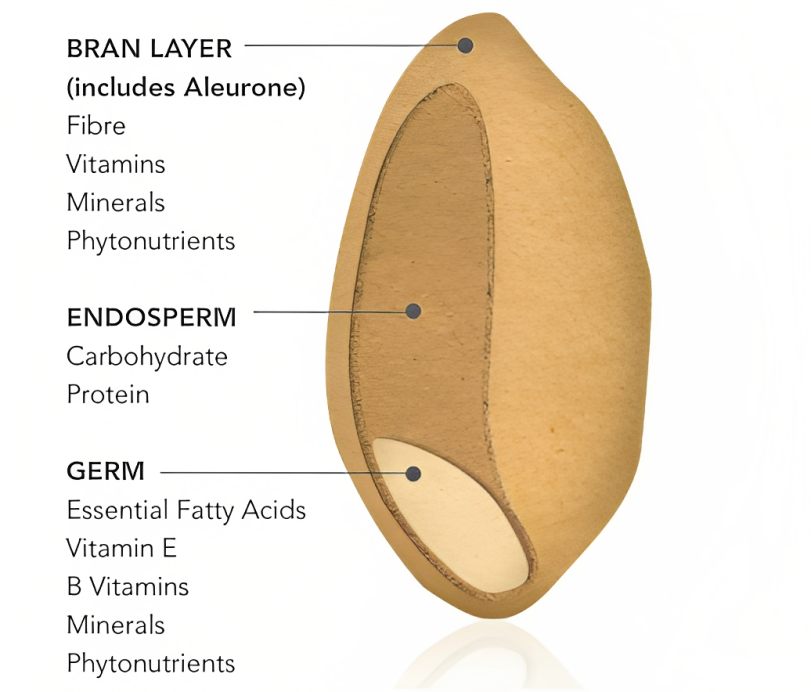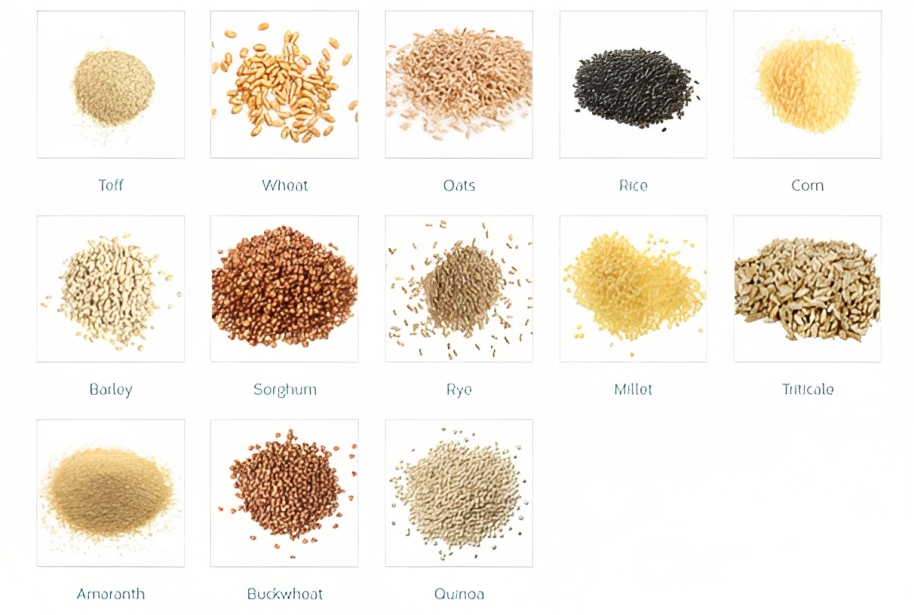Achieving good health with a good diet and well-being should be considered a journey of life.
Anything that influences the body both within and out should be addressed. These factors are key pillars of our life. They are – our rest, diet, physical fitness, mental health, and attitude with which we interact with others.
Look for like-minded groups, either online or in-person to connect with, and seek support from healthcare professionals if you need help in a specific area.
Like any other relationship, our relationship with our body and food requires compassion, trust, and love. One should work every day to nourish our body, be kind to it, respect it, and be grateful for all that it can do because it is the only one.
Weight loss or getting fit is not about diet or program; it is about eating healthy and getting fit. Our attitude to finding health must be far more of a cocktail approach than a single shot. There is no magic bullet or one solution. We need to tick every box within the complex organism that is our body.
The key to making good health a journey is to enjoy the process. Rather than forcing yourself to a gym or through the latest exclusion diet make changes to your lifestyle. This can be done by breaking your old habits and making new ones.
Instead of being overly concerned with counting calories or measuring portion sizes, consider your diet in terms of color, variety, and freshness. This makes it easier to make healthy choices. Also, focus on finding food you love and easy recipes that incorporate a few fresh ingredients. Gradually your diet will become healthier and more delicious.
Start slow and make changes to your eating habits over time. Every change you make to improve your diet matters.
Healthy eating begins with learning how to eat smart. It is not what you eat but how you eat. It supplies the body with the most important nutrients.
Healthy eating doesn’t mean eating especially chosen foods or avoiding some foods. By this, a person deprives his body of important nutrients. Eat food that includes proteins, carbohydrates, fats, dairy, minerals, fiber, and vitamins. Limit sugar, fats, and salt but not eating it all is not a good idea. Eat plenty of fruits and vegetables as they are a source of vitamins and minerals.
Never skip breakfast as this is the meal that gives us energy for the whole day. We should include healthy fats such as nuts, and avocados for keeping fit. If you do not know what kind of food the body needs to stay healthy, you can consult the best dietician in your city. Always include tips to cut 100 calories from the diet:
Always incorporate tips to shave 100 calories from the diet:
-
- Remove skin from chicken,
-
- Use skim milk instead of whole milk,
-
- Use mustard instead of mayo,
-
- Include nuts, beans, and seeds in that is put protein in perspective
-
- Limit sugar and salt,
-
- Eat healthy carbohydrates or whole grains,
-
- Color your plate with fruits and vegetables,
-
- Add soups and salads to your diet.
When eating out, choose an appetizer instead of an entrée. Split a dish with your friend or order off the kids menu. A home uses smaller plates. Serving meat, fish, or poultry should be the size of a deck of cards. Bread should be the size of a CD and oil should be used one teaspoon only for cooking.
Practice mindful eating to counteract the stress hormone cortisol. The body achieves what the mind believes. Always focus on change and you will get results. Losing weight is a process and not an event. It is not a temporary fix, it is a lifestyle change. The fact is that fitness is an imperfect long-distance event that requires patience and great mental discipline. Trying to make a diet healthy overnight isn’t realistic or smart. Changing everything at once usually leads to cheating or giving up on a new eating plan. So it is recommended to start with small changes so that you can continue and it becomes your habit to more healthy choices in your diet.
Along with diet also focus on exercise. Think about the moderate activities you can do when you are working like walking, vacuuming, gardening, or anything that can increase breathing or heart rate. Also include vigorous activities like running, aerobics, and Zumba to have good circulation.
Some tips to stay fit include:
-
- Have a mini walk and exercises,
-
- Do your work yourself,
-
- Use stairs and avoid lifts,
-
- Always make room for your favorite activities.
Another important factor includes the sleep cycle. Sleep well and respect your natural circadian rhythms. Artificial lights interrupt these rhythms, so avoid screens an hour before your bedtime or use glasses with orange filters and ensure you get a lot of light when you wake up in the morning.
Avoid Stress to lead a healthy lifestyle. Manage your overall stress levels and stay connected with others.
Healthy lifestyle habits can also help you reverse your stress response, enabling you to avoid or even reverse the negative effects of chronic stress. There will be failures when you start a healthy journey program but keep yourself motivated and also keep strong willpower. All I can say is good health is not a destination, it is a journey for life.







